WEATHER
Very mild weather across the country on Monday with the cool spot being northern New England with highs in the 50s. Elsewhere, look for highs in the 60s, 70s and 80s. There will be some thunderstorms in Florida and along the Rockies and central plains and in the northwest. As I write this blog post this evening, there is a Winter Storm Watch for the Sierra Nevada.
Houston should be dry on Monday with lows in the 50s and highs in the 70s. Still...a lot of clouds hanging around...a few showers on Tuesday (still mild) and warmer for the middle of the week through the weekend with highs in the low 80s. Look for some showers on Thursday and Friday.
SPANISH WORD OF THE DAY
Let's do volcano or volcán, pronounce vohl-CAHN. What do you think of the Eyjafjallajökull volcán? See a complete discussion in the AND MORE section.
People who learn more than one language, one average, make more money as adults. Get going...help your children learn to love languages. Order our award winning DVDs, Let's Learn Spanish with Frank & Paco. They are on the shelf (in the education section) at Barnes & Noble stores or you can order them from http://www.frankandpaco.com, http://www.amazon.com, http://www.bn.com, http://www.bestbuy.com, or http://www.ebay.com/. Our ESL (English as a Second Language) version can be found at http://www.frankypaco.com
AND MORE
Now let's see...a volcanic eruption and not so recently two serious earthquakes and of course who can forget all of the hurricanes. These natural disasters frighten us. But which one frightens you the most? Put in your vote in my new poll. Only onc answer is allowed. Thanks in advance for participating.
The ongoing eruptions of Eyjafjallajökull volcano in Iceland has the world's attention. As I called my niece Sophia to wish her a happy 6th birthday, she got busy telling me all about it. Yes. I would say she was quite concerned about it. I have been reading several blogs devoted to volcanic eruptions and it got me thinking about the El Chichón eruption back in 1982. (By the way, Chichón basically means the bump). I was in the Rio Grande Valley (extreme south Texas) at the time and we got a layer of ash from it, even though the eruptions occurred hundreds of miles to the south. It was a nuisance and made breathing difficult for many. I remember being quite astounded but also intrigued.
Now with the Iceland volcano's eruptions, there is much frustration due to cancelled air flights and thus interruption of vital commerce, political and personal activities. But you can be sure I am quite interested in the global impact. After reading up on several well-known volcanoes I learned that it really is not so much the ash that affects the global climate but the sulfur content and duration of eruptions. Volcanoes with higher sulfur content have been linked to a bigger decrease in global temperature. Sulfur based aerosols can get into the stratosphere, the stable layer above the troposphere, the layer closest to the earth and the one where the mixing and thus our weather occur. Because the stratosphere has temperatures which increase with height (i.e. it has the coolest air at the bottom and warmest at the top), there is very little mixing and so it takes a long time for particles to mix out of it--as long as three years. And thus, there is the impact of global cooling. Some volcanoes have been attributed with lowering global temperatures up to 1 degree Celcius. Now that may not seem like much, but there have historically been dramatically cool seasons following volcanic eruptions. Now, what about this time around? Well, I read with great interest Dr. Jeff Master's blog which you can find in The Weather Underground. He pointed out that all the volcanics which have been linked to large drops in global temperature have been volcanoes which have erupted in the tropics. It has to do with the atmospheric circulations at these southern latitudes versus those in northern latitudes. What has caught my attention more is what happened with another well known Icelandic eruption. I pulled the following excerpt from the NOVA website:
"In June 1783, a 16-mile-long fissure began opening up across the flanks of the Laki mountain ridge in southern Iceland. The fissure, marked by 300-foot cones of ash and debris, spewed out vast quantities of lava for months. Ultimately, about three and a half cubic miles of lava gushed from the fissure and spread across 200 square miles, burying farms and churches in the sparsely populated countryside. More lava poured onto Earth's surface than in any other eruption in recorded history. No one died directly from the lava flows, but the volcanic gases released at Laki had devastating consequences. A bizarre blue fog, made of sulfuric acid aerosols, hovered over Iceland for weeks and even wafted to Europe. Toxic gases and altered weather patterns caused the greatest famine in Iceland's history, known as the "Haze Famine."
I would expect that starvation would not be a repeat tragedy...given what I hope would be a huge outpouring of humanity.
On April 16th, the GOES 13 satellite took over for GOES 12. It will keep an eye on the Tropical Atlantic and eastern US, just in time for hurricane season. GOES 12 will now be deployed to monitor South America. GOES 11 stays in place over the western U.S. For the complete story from NOAA, here is the link:
http://www.noaanews.noaa.gov/stories2010/20100414_goes13.html
The Dream League is playing ball(again)!. This is the 4th season and Sarah is loving it. On Saturday evening, FOX 26's Ned Hibberd did a special story about the league which offers special needs kids a chance to enjoy the fun and thrill of the game (in a low pressure environment). Here is the link to the script on the myfoxhouston.com web site. Great job Ned and photographer Raymond Ramirez.
http://www.myfoxhouston.com/dpp/news/local/100418-baseball-no-rules-just-right
That story made my week and I hope you will have a great week too!
Cecilia Sinclair
Wonder Weather Woman
HONORING RUTH IN HOUSTON!
13 years ago




























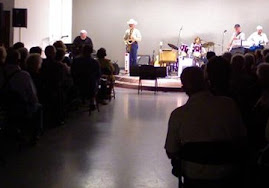.jpg)




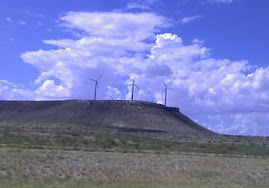.jpg)




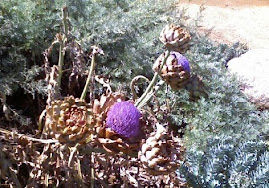.jpg)
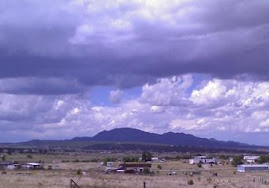.jpg)
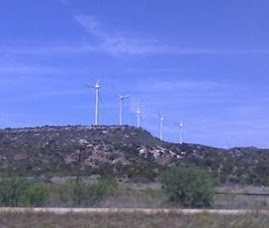.jpg)

















